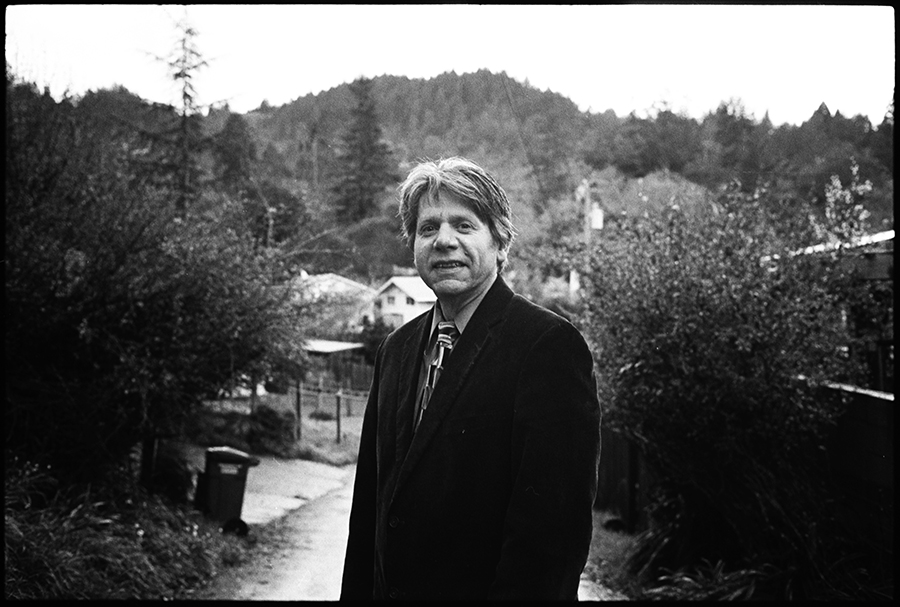Brian Staley said his mother, an active campaigner for politicians when he was growing up in San Anselmo, had a “deep reverence for . . .
West Marin, meet Brian Staley


Brian Staley said his mother, an active campaigner for politicians when he was growing up in San Anselmo, had a “deep reverence for . . .